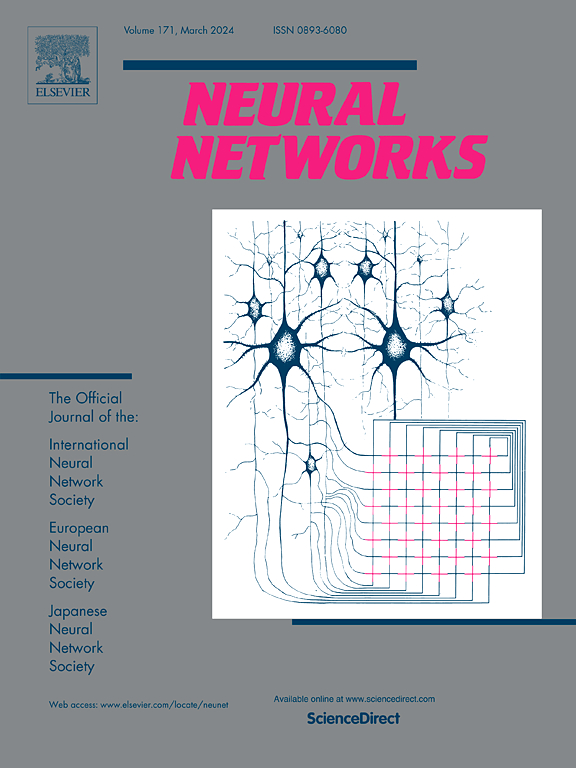Learning extreme expected shortfall and conditional tail moments with neural networks. Application to cryptocurrency data
IF 6
1区 计算机科学
Q1 COMPUTER SCIENCE, ARTIFICIAL INTELLIGENCE
引用次数: 0
Abstract
We propose a neural networks method to estimate extreme Expected Shortfall, and even more generally, extreme conditional tail moments as functions of confidence levels, in heavy-tailed settings. The convergence rate of the uniform error between the log-conditional tail moment and its neural network approximation is established leveraging extreme-value theory (in particular the high-order condition on the distribution tails) and using critically two activation functions (eLU and ReLU) for neural networks. The finite sample performance of the neural network estimator is compared to bias-reduced extreme-value competitors using synthetic heavy-tailed data. The experiments reveal that our method largely outperforms others. In addition, the selection of the anchor point appears to be much easier and stabler than for other methods. Finally, the neural network estimator is tested on real data related to extreme loss returns in cryptocurrencies: here again, the accuracy obtained by cross-validation is excellent, and is much better compared with competitors.
利用神经网络学习极端预期短缺和条件尾矩。加密货币数据应用
我们提出了一种神经网络方法,用于估算重尾情况下的极端预期缺口,甚至更广泛地说,估算作为置信度函数的极端条件尾矩。利用极值理论(尤其是分布尾部的高阶条件),并使用神经网络的两种关键激活函数(eLU 和 ReLU),确定了对数条件尾矩与其神经网络近似值之间均匀误差的收敛率。利用合成重尾数据,将神经网络估计器的有限样本性能与偏差减少的极值竞争者进行了比较。实验表明,我们的方法在很大程度上优于其他方法。此外,锚点的选择似乎比其他方法更容易、更稳定。最后,在与加密货币极端损失回报相关的真实数据上对神经网络估计器进行了测试:在这里,通过交叉验证获得的准确性同样非常出色,与竞争对手相比要好得多。
本文章由计算机程序翻译,如有差异,请以英文原文为准。
求助全文
约1分钟内获得全文
求助全文
来源期刊

Neural Networks
工程技术-计算机:人工智能
CiteScore
13.90
自引率
7.70%
发文量
425
审稿时长
67 days
期刊介绍:
Neural Networks is a platform that aims to foster an international community of scholars and practitioners interested in neural networks, deep learning, and other approaches to artificial intelligence and machine learning. Our journal invites submissions covering various aspects of neural networks research, from computational neuroscience and cognitive modeling to mathematical analyses and engineering applications. By providing a forum for interdisciplinary discussions between biology and technology, we aim to encourage the development of biologically-inspired artificial intelligence.
 求助内容:
求助内容: 应助结果提醒方式:
应助结果提醒方式:


